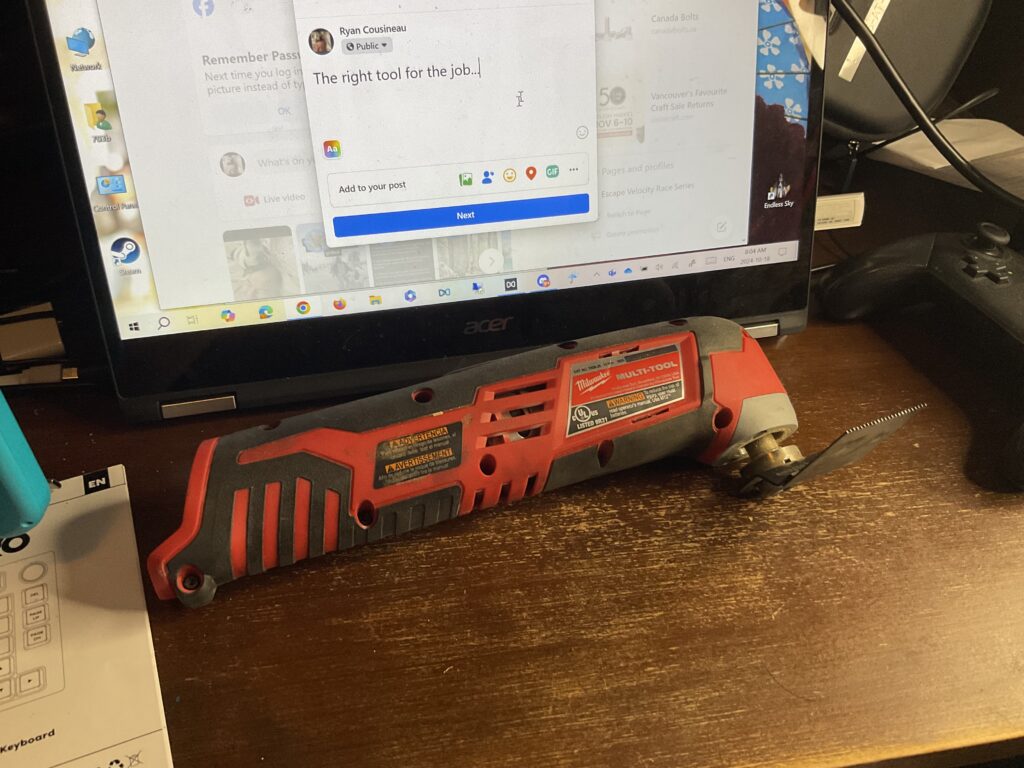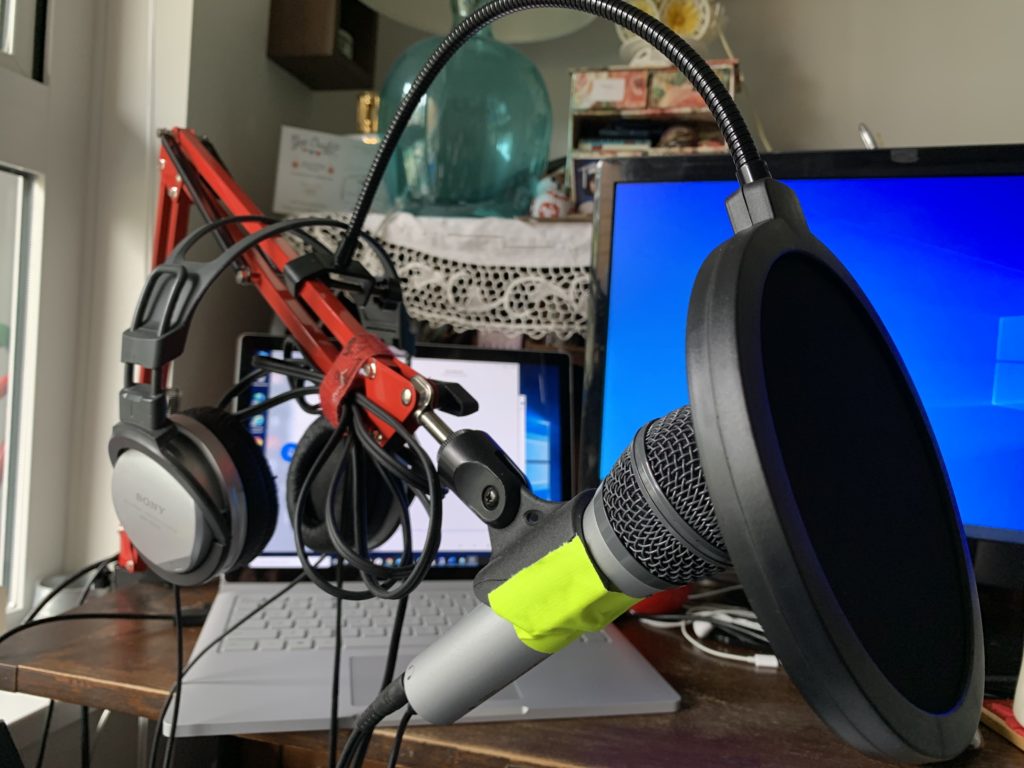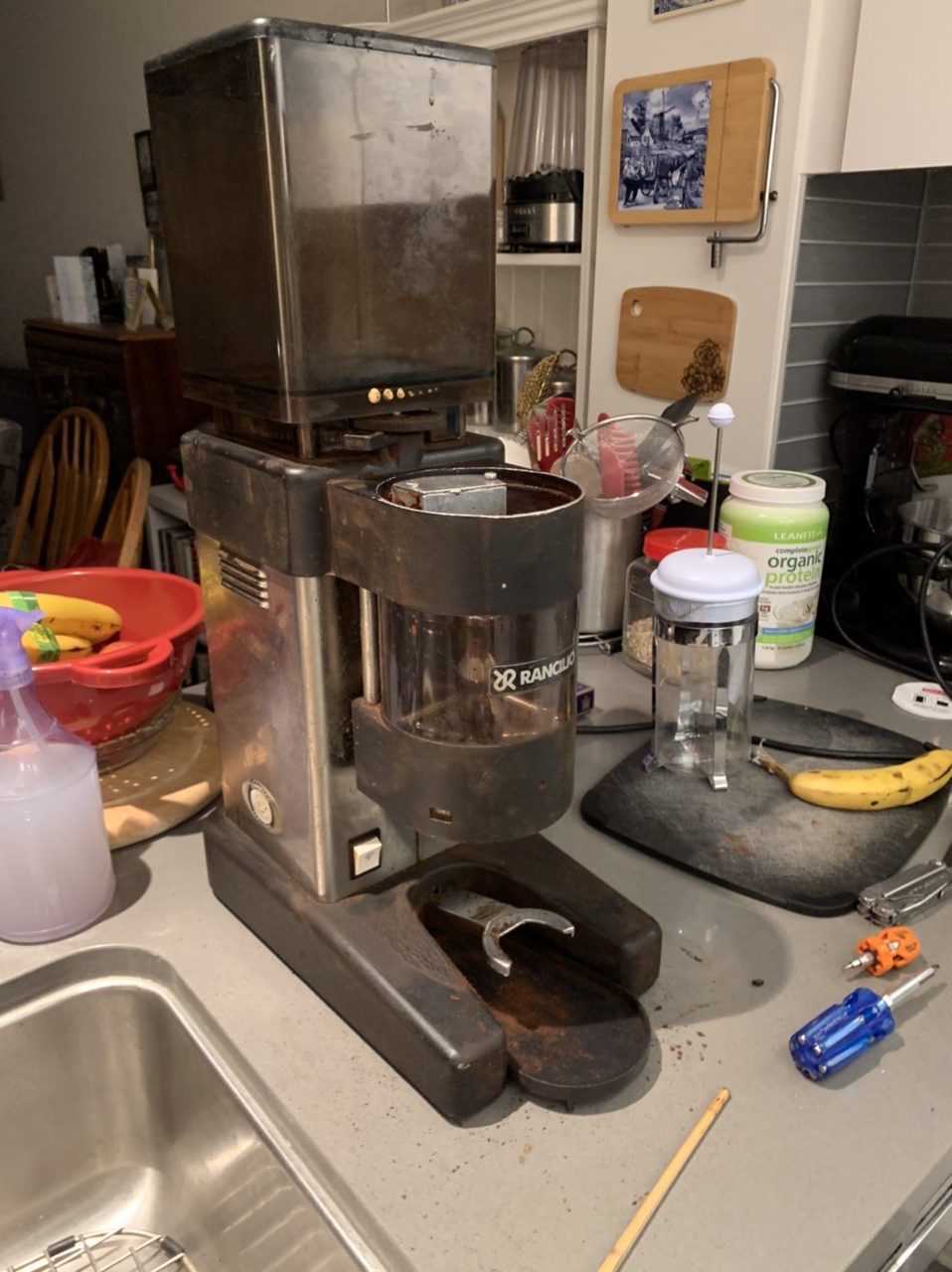[This was published on the old site on Christmas Eve, 2010. I am republishing it for the benefit of many -RjC]
So the standard question is “What’s your favorite Christmas movie?” My standard answer was Die Hard until it became In Bruges which I like much more.
These responses are funny because they’re not really Christmas movies in the sense most people mean. And yet both qualify by actually taking place at Christmas.
This confusion is amusing, but I can fix it. As my gift to you this season, I present the Christmas Hierarchical Ring Index System Tracking Movies And Stories (CHRISTMAS; since this is still indevelopment, I call the current version eXperimental Movie Arrangement System, or XMAS).
XMAS is a system for describing, in terms of hierarchical “Ring” domains, how integral Christmas is to a movie. Rather than explain further, I’ll describe the rings. I will also not discriminate against TV specials in this hierarchy, and there appears to be no reason it couldn’t apply to any narrative, including novels and even songs.
Continue reading “The Hierarchy of Christmas-Related Movies”




